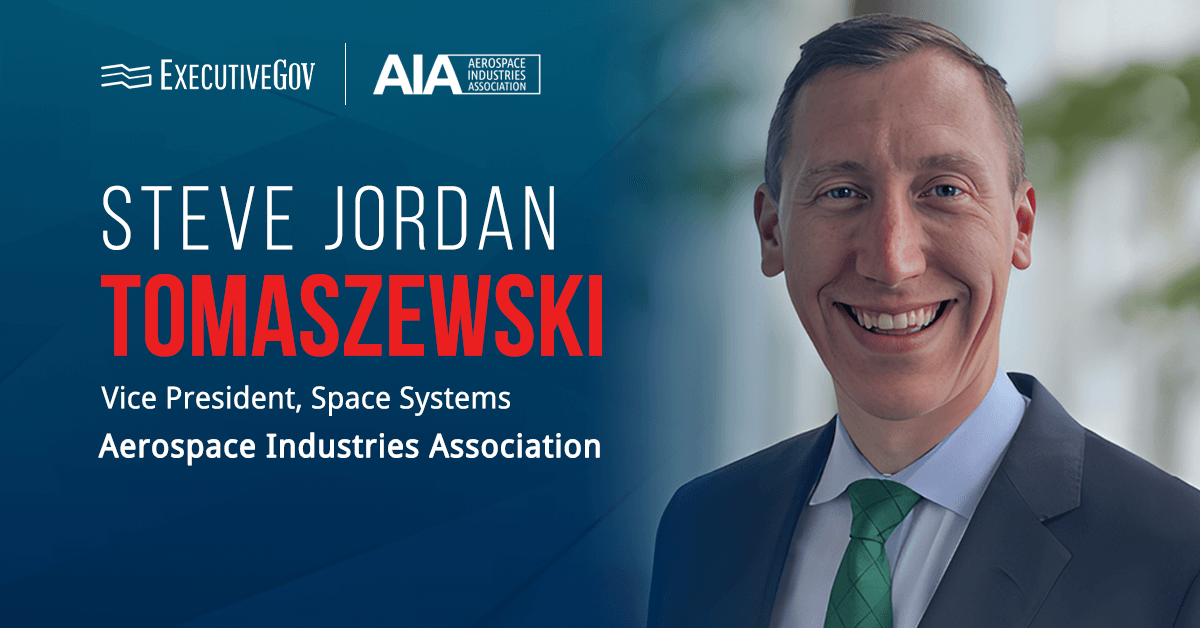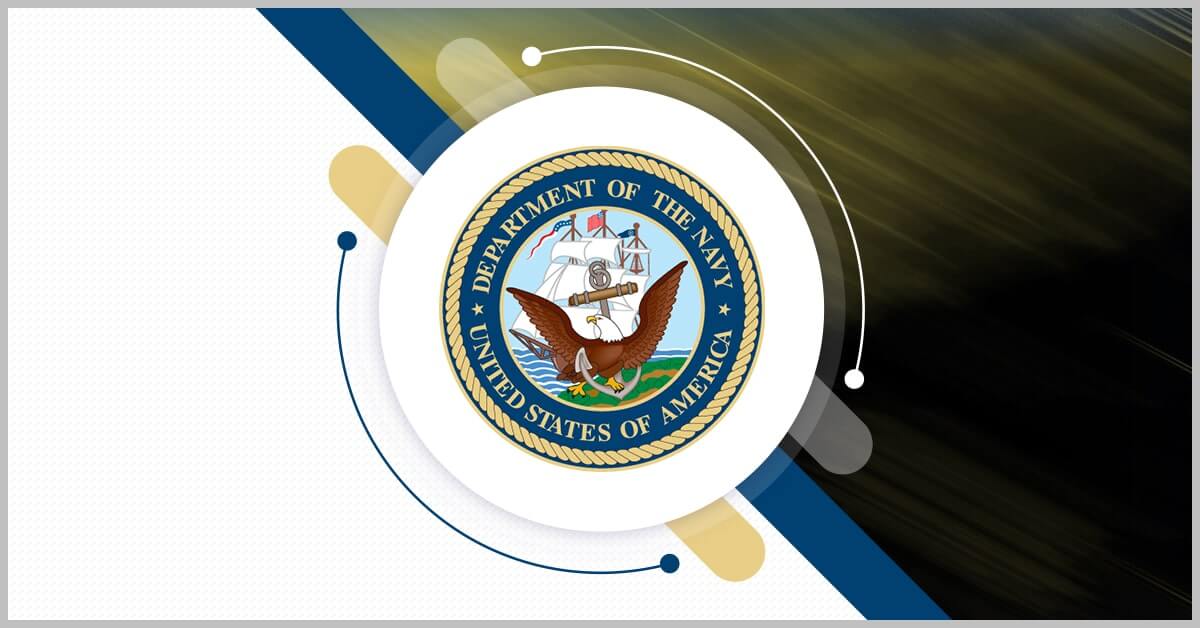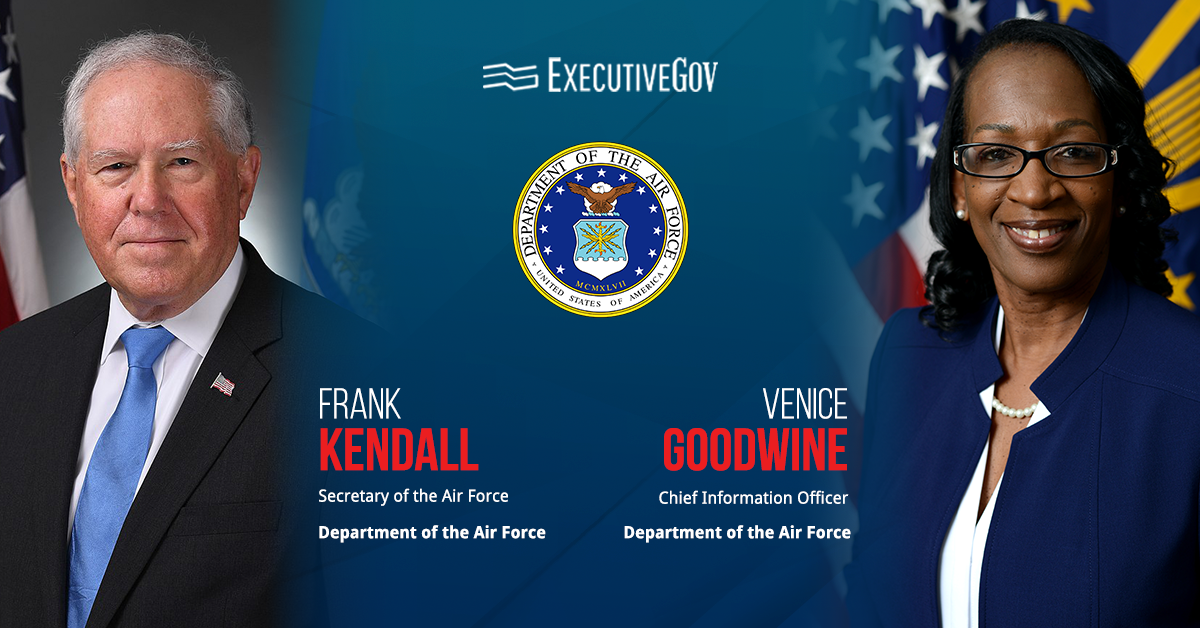The Aerospace Industries Association has posted key recommendations for changes in export controls that take into consideration progress and advancements in space technology. The trade organization said in comments submitted to the Directorate of Defense Trade Controls and the Bureau of Industry and Security that updating the U.S. export controls would strengthen the nation’s leadership position in space innovation on the global stage.
The comments were made in response to the DDTC and BIS’ October announcement on a series of rules on space-related exports, including a proposed rule on transferring jurisdiction on certain space-related defense articles from the U.S. Munitions List to the Department of State to the Department of Commerce’s Control List.
The AIA represents over 300 companies within the aerospace and defense industry.
“As the U.S. space industrial base continues to expand and technological innovation accelerates, AIA, on behalf of the U.S. space industry, remains committed to advancing the space enterprise while protecting national security and enabling commercial space interests abroad,” commented Steve Jordan Tomaszewski, the association’s vice president of space systems.
Table of Contents
Industry Representative Calls for Consistency
In its comments, the group pointed out that the DDTC’s proposed rule includes technologies that are no longer listed in the Missile Technology Control Regime’s list or controlled by MTCR partner nations. The AIA asked the DDTC and BIS to ensure that changes to U.S. export controls are in line with the MTCR’s commitments.
The association also called for increased attention to unmanned aerial vehicle systems, specifically the separation and staging mechanisms and launch technology, in the proposed rule.
In addition, the AIA urged the government to make further revisions to the U.S. Munitions List, or USML. The government must work with industry to ensure that the catalog more accurately reflects the technologies available in the commercial market, the comments read.
AIA Requests Enhanced Clarity to Avoid Misinterpretation
One of the main points that the AIA raised is clarity in the language used in the proposed rule. The group said the DDTC and BIS should review paragraphs on USML updates to avoid misunderstandings. Providing definitions of terms and controlled articles and minor reclassifications could ensure that changes to the list of controlled technologies are clear and concise.
The AIA also recommended that the DDTC and BIS adopt the aerospace and defense industry’s interpretation of space technology and spaceflight.











